Live Life First, Be Diabetic Second, and Stay Active
The secret to my overall success, both professional and personal, is that I made a conscious choice to live my life by one guiding principle: Live life first, and be diabetic second.
Lost your password? Please enter your email address. You will receive a link to create a new password.
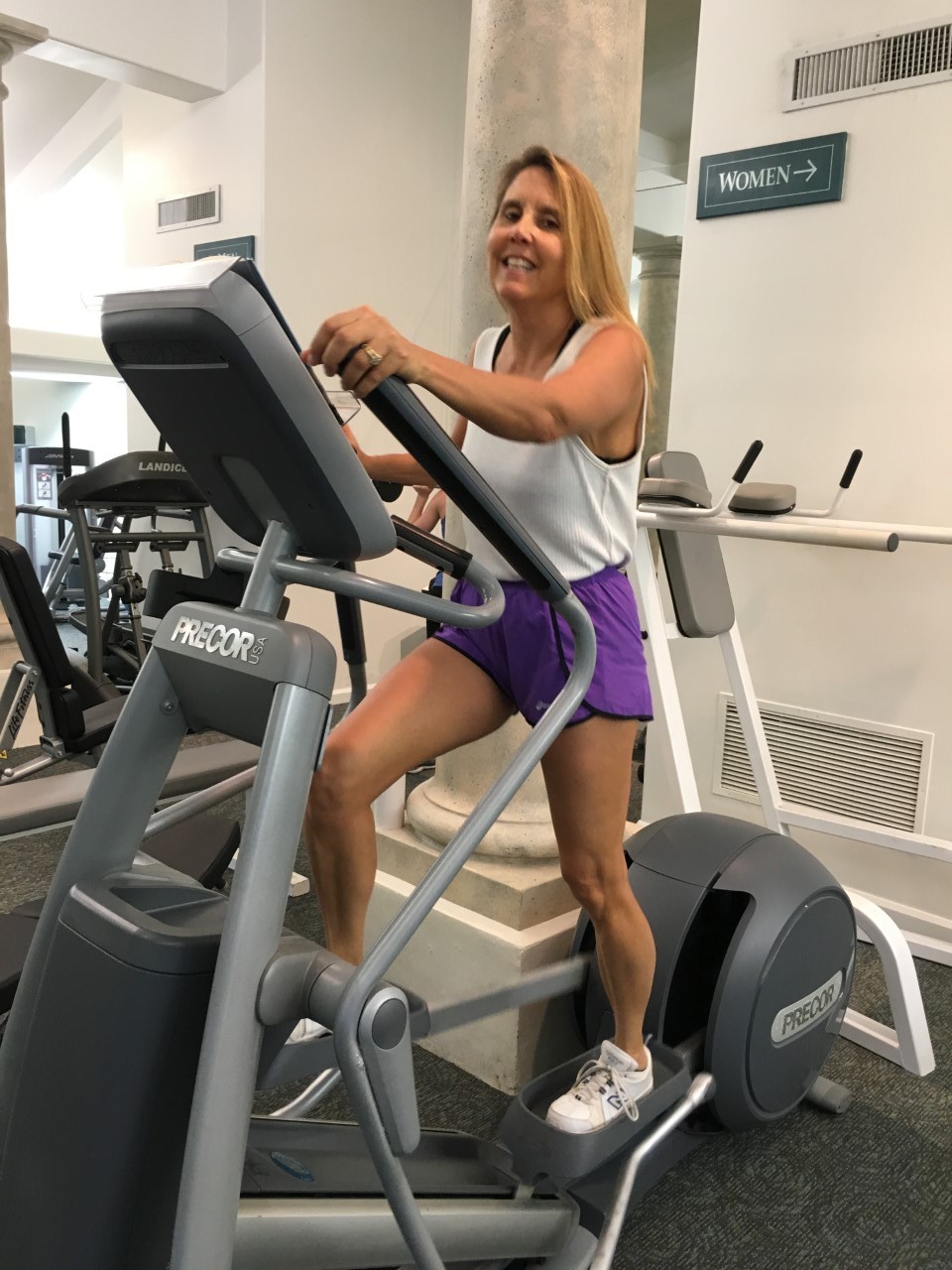
The secret to my overall success, both professional and personal, is that I made a conscious choice to live my life by one guiding principle: Live life first, and be diabetic second.
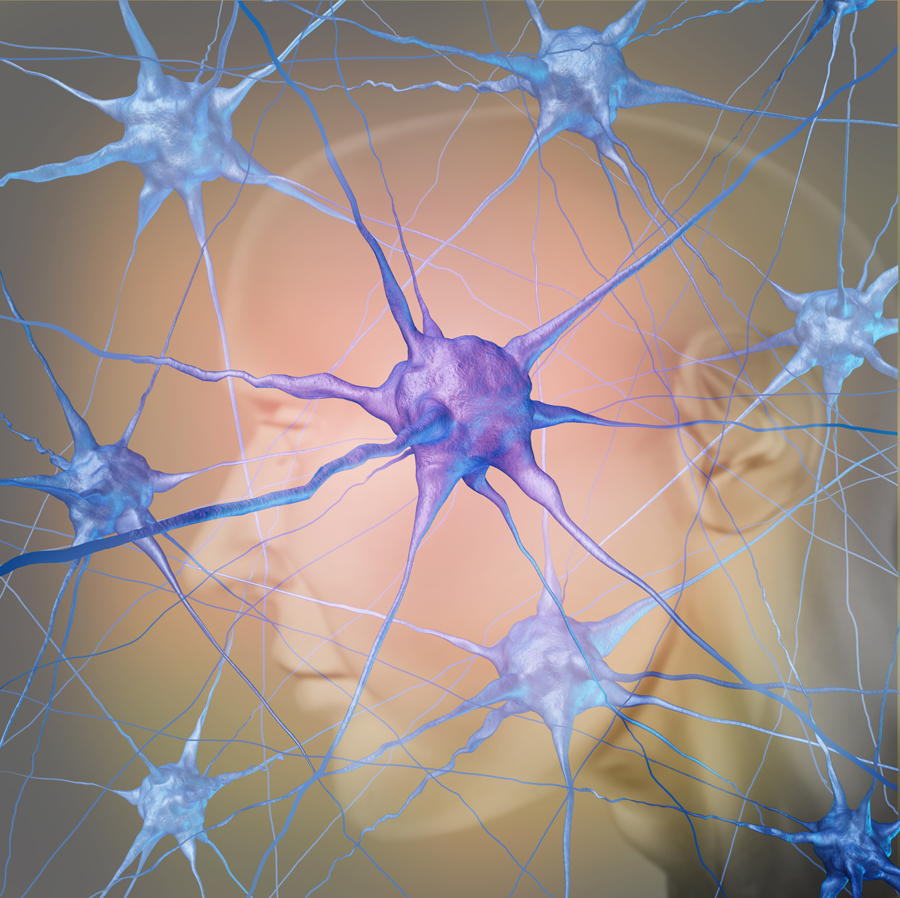
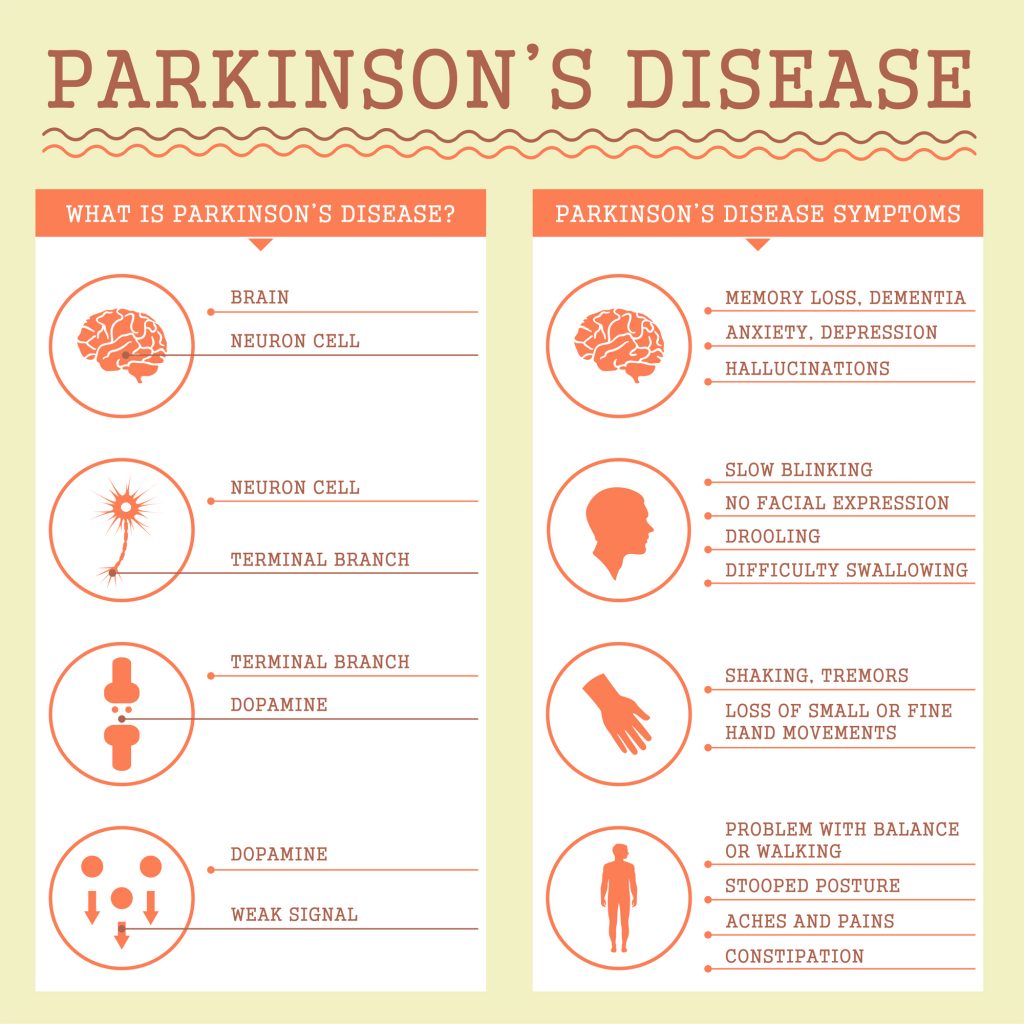 Parkinson’s disease is the second most common neurodegenerative disorder after Alzheimer’s disease. Unfortunately, the incidence of Parkinson’s disease has not declined, and its impact is seen in all races. This is due in part to the fact that the population of the world is greater than ever before and increasing. In addition, people are living longer than in previous generations, and the baby boomer generation, one of the largest generations in history, has reached old age.
Parkinson’s disease is the second most common neurodegenerative disorder after Alzheimer’s disease. Unfortunately, the incidence of Parkinson’s disease has not declined, and its impact is seen in all races. This is due in part to the fact that the population of the world is greater than ever before and increasing. In addition, people are living longer than in previous generations, and the baby boomer generation, one of the largest generations in history, has reached old age.
Risk factors for Parkinson’s disease include:
Age: Risk of Parkinson’s disease increases with age. The average age of onset for this disease is 55 years and the rate of incidence increases steadily until the age of 90.
Gender: Men have a higher risk for Parkinson’s disease than women.
Family history: Individuals with a family history of Parkinson’s disease are at a higher risk for Parkinson’s disease. Moreover, it is said that those with affected first-degree relatives double their risk of Parkinson’s disease.
Agricultural work: Individuals exposed to pesticides and herbicides have a greater risk of developing Parkinson’s disease symptoms. Drinking well-water and living in rural areas have also been associated with an increased incidence of Parkinson’s disease.
Head Trauma: Head trauma can be a risk factor for Parkinson’s disease as is seen in the case of boxers. One study showed that trauma to the upper cervical region, head, and neck was a risk factor for Parkinson’s disease. However, in some cases it took years for these symptoms to appear.
The exact cause of Parkinson’s disease is unknown. Regarding the molecular events that lead to the development of this disease, there is still some uncertainty in terms of what causes the neurodegeneration seen in Parkinson’s disease. The current hypothesis is that Parkinson’s disease may result from the interaction between environmental factors and genetic susceptibility.
The primary symptoms for PD are deficiencies in motor performance due to the loss of the dopamine pathways in the brain. Decreased dopamine production in the substantia nigra in the brain causes the 4 primary motor symptoms:
Exercise should be targeted for the primary motor symptoms with exercise and occupational therapy to improve quality of life. Recommended program components include:
Exercise prescription for clients with PD includes: (ACSM)
PD exercise therapy includes intervention with many kinds of exercise modes. Both personal training and group fitness have been successful in helping to manage the disease and reduce the symptoms. There is not strong evidence at this point to show that exercise prevents PD, but it is believed that exercise may play a role. Exercise is however the mainstay for symptom management and slowing disease development.
June M. Chewning BS, MA has been in the fitness industry since 1978 serving as a physical education teacher, group fitness instructor, personal trainer, gym owner, master trainer, adjunct college professor, curriculum formatter and developer, and education consultant. She is the education specialist at Fitness Learning Systems, a continuing education company.
References and Resources:
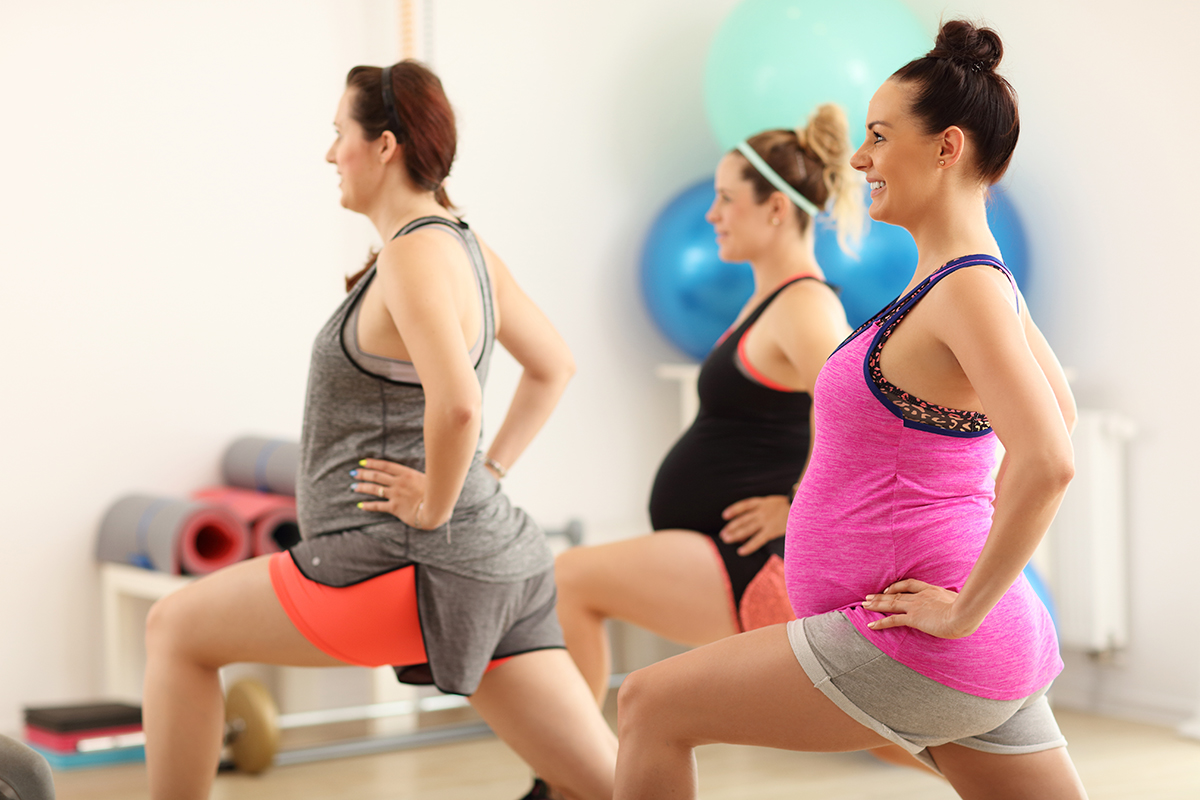
Research in the field of prenatal fitness has conclusively shown that exercise during pregnancy provides health benefits to mother and fetus, and the American College of Obstetricians and Gynecologists encourages pregnant women without complications to continue or start a fitness routine during pregnancy. Although prenatal exercise is considered safe for most pregnant women, some activities are more controversial because of potential injury risks or because of the environment where they take place.
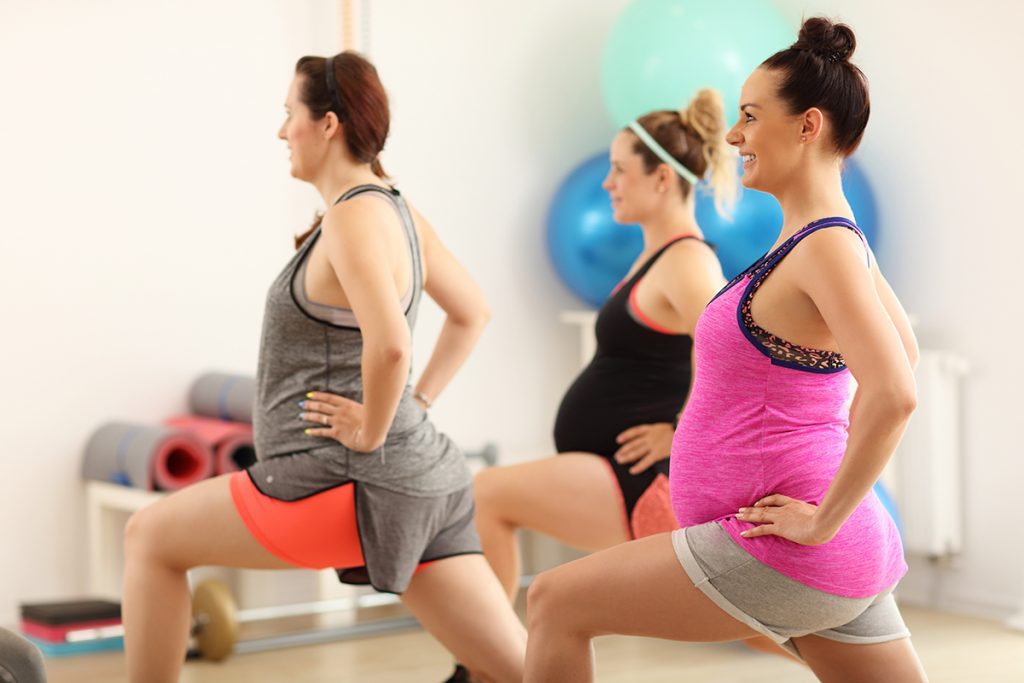 Many women enjoy downhill skiing, cross country skiing, and snowboarding, and have questions about whether it’s safe for them to continue these sports during pregnancy. The safety of these sports, as well as the effect higher altitudes, may have on pregnant women and their fetuses, are important factors to consider before taking part in high altitude snow sport activities.
Many women enjoy downhill skiing, cross country skiing, and snowboarding, and have questions about whether it’s safe for them to continue these sports during pregnancy. The safety of these sports, as well as the effect higher altitudes, may have on pregnant women and their fetuses, are important factors to consider before taking part in high altitude snow sport activities.
Several studies have examined pregnancy outcomes and complications comparisons between pregnant women who were exposed to high altitudes versus pregnant women who did not travel to high altitudes. One study (1) that examined the association between high altitude exposure and self-reported pregnancy complications found that there is a low rate of complications for pregnant women who participated in activities and travel in high altitude areas.
Another study (2) suggested that pregnant women who traveled to high altitudes (determined as above 2440 meters, or 8,000 feet) did not have a higher risk of pregnancy complications when compared to women who did not have high altitude exposure. These women were more likely to have preterm labor than those not exposed to high altitude, but the percentage of preterm labor in the study were below the US population rate of preterm births. There was a statistical increase in newborn oxygen need at birth, but no complicating issues were associated with this.
Although these study results are reassuring, more rigorous research is needed to provide further information regarding the safety of high-altitude exposure and exercise during pregnancy.
There are key factors that may influence the degree of hypoxia-related pregnancy complications for the fetus and mother.
These factors should be taken into consideration by a pregnant woman who is planning to travel to (and exercise in) high altitude. If she lives in a low altitude area, it’s a good idea to build in several days of progressive altitude increase to allow time for her to adjust. If possible, she should vary the duration of her exposure by sleeping at lower elevations. She should be aware of signs of hypoxia (see list below) and move to a lower altitude if she experiences increased symptoms.
Complications from exercise at higher elevations may be compounded by increased dehydration as a result of dry and cold air. Maintaining adequate fluid intake and allowing for rest breaks to hydrate can avoid this issue.
The key to avoiding altitude-related issues is being aware of how altitude is affecting the body and pregnancy and knowing the signs and symptoms of hypoxia. As long as a pregnant woman continues to feel well and isn’t experiencing any issues while exercising at higher altitudes, she can feel confident that her pregnancy won’t be negatively affected.
*Signs of Hypoxia
It’s important also to consider the risks of some types of snow sports. Downhill skiing and snowboarding require good balance, and as pregnancy progresses, the changes in a woman’s center of gravity can affect her balance and make her more prone to falls. Also, the risk of collisions with other skiers and snowboarders is a concern, especially when slopes are crowded. Careful consideration of a woman’s skill level and difficulty of the ski slope should be weighed, and modifications such as switching to easier slopes and terrain can reduce risk.
Catherine Cram started her company, Prenatal and Postpartum Fitness Consulting, in order to provide current, evidence- based guidelines maternal fitness guidelines to health and fitness professionals. She was a contributing author for the textbook, Women’s Health in Physical Therapy and co-authored the revision of Exercising Through Your Pregnancy with Dr. James Clapp. Her company offers the certification course, “Prenatal and Postpartum Exercise Design” which provides continuing education credits for over 30 health and fitness organizations, including ACSM, ACE, ICEA, and Lamaze.
References
Wilderness Environ Med, 2016 Jun;27(2):227-35. doi: 10.1016/j.wem.2016.02.010. Outdoor Activity and High Altitude Exposure During Pregnancy: A Survey of 459 Pregnancies. Keyes LE1, Hackett PH2, Luks AM3.

There are a lot of uncertainties currently. We may feel confused, anxious and fearful — which may lower the frequency of our EMF (1) and our defenses. A depressed immune system is more likely to get sick with anything, not just the Coronavirus. Take this time positively, as a way to be introspective and find new things to do for yourself, your career and relationships. Obstacles are like gifts because without them, life would stagnate. Obstacles create evolution in our lives, taking us to the next level.
Keep up good hygiene by washing hands when you touch surfaces that could have been touched by others — door handles, street light buttons, credit cards, gas nozzles. Use common sense. You can carry an alcohol spray bottle to spray surfaces and your car floor. Antibacterial can be used also but it is loaded with chemicals. If you go to public bathrooms and have to touch handles, use a paper towel to open doors and then trash it. Try to use your elbows instead of your hands when you can.
Maintain regular positive conversations and support with your friends and family, even if it’s on the phone. It’s not good to be isolated when you have to stay home. Communicate with positive people and not those who only speak negatively or with fear, especially if you are empathetic. This will keep your vibrations high.
There are 2 main things with scientific evidence that you can do to maintain your high vibes and feel calm – which will help your immune system.
 1. Meditation & Deep breathing:
1. Meditation & Deep breathing: When challenges are high, our emotions are also high and the situation becomes chaotic.
Our the body doesn’t know the difference between real danger ( i.e., being in war or being chased by a jaguar) and an imaginary one (i.e., not meeting a deadline, final exams, arriving late to a class). So, we can control these emotions as to not create more chaotic ones. Acute stress from these situations raises our cortisol levels, affects our cells and overall health. The mind gets blurry with a lot of thoughts and you cannot see the solution.
We don’t have to repress the situation but be aware and start controlling our breath. CONTROLLING OUR BREATH, concentrating in equal inhales and equal exhales, the body and the cells will understand they are safe and there is time to heal. The body will know that there is no way we are in a dangerous situation, that it is time to relax, that we are safe, we are healing and we open our energies to receive better answers for our life choices.
Exercise:
Sit in a quiet area and concentrate on your breath. Start with 2 inhales and 2 exhales for one minute, then pass to 3 inhales and 3 exhales for 2 minutes, then 4 inhales and 4 exhales for 2 minutes, until at least 6 minutes — or the most you can do. Observe how the more you concentrate on your breath, the less thoughts come to your brain.
Difference between deep breathing and shallow breathing
SHALLOW BREATHING is superficial breathing using only the lungs. The lungs have a limited air capacity contrary to what we think. This is the everyday breathing pattern we use in this fast paced society. It is the cause of stress, ailments, panic attacks, asthma, pneumonias, hyperventilation and many more problems. It makes stress a habit. It reduces the production of white blood cells that defend our bodies from external organisms that weaken the immune system. It also tightens the back, neck and shoulder muscles causing back pain and headaches.
DEEP BREATHING (2) is done using the diaphragm and the abdomen, which have more capacity for storing oxygen than the lungs. It is the breathing of babies. You inhale with a controlled rhythmic pattern (Pranayama). Retention of the air, exhalation and deep breathing every time, as practiced by the Yogis, can reverse health conditions, strengthen the immune system, lower high blood pressure, alleviate heart conditions, muscle pain and respiratory conditions, like asthma and bronchitis.
Exercise:
Sit or lay down in a quiet area and put your hands on top of your diaphragm. Feel the diaphragm expanding as the air is filling your abdominal cavity like a balloon and then exhale feeling the air leaving the cavity. This will utilize the best amount of oxygen, keep thoughts away and relax the whole body. Do it for at least 5 minutes or the most you can do. Increase time progressively.
Maintaining the same breathing pattern concentrate on each part of your body especially where you feel pain or tension. Imagine a white light while you inhale and release. Visualize the tension leaving your body and evaporating.
Gyms closed? No excuse to not keep or bodies moving. Exercise has something no other medicine can provide. When you move you are telling the cells, “I am alive, I am strong”. Even if we are not doing it consciously, our subconscious mind picks up the exercise habit and incorporates it as a pattern. This can change our subconscious from “I am weak” to “I am strong”. Thoughts can shape our whole body and our cells will benefit tremendously.
If you have to stay indoors, you can use any equipment you have to do at least 20-30 minutes of cardio to work on your strength and abs. You can see some ideas on my YouTube channel.
If you can go outdoors bike, hike, walk and run at beaches and parks. The open environment is safer than indoors, especially because you can maintain the distance from others easily. You can do any routine or use my Beachblast video that can be done anywhere – in a park, at the beach or in a pool. It combines cardio drills, core strength, pilates for abs and legs followed by relaxing Yoga posses.
Graciela Perez is a National Academy of Sports Medicine (NASM) Personal Trainer, Aerobics and Fitness Association of America (AFAA) Aquatic Specialist, CETI Cancer Exercise Specialist, Health & Wellness Coach and Energy Healer. She’s been helping people reaching their health and fitness goals since 2003. Visit her website, hollywoodfitness.org
Resources
(1) EMF: Electro Magnetic Field is the energy that surrounds our bodies and it is influenced by our thoughts and emotions. Our thoughts and emotions can pass to our EMF and can shape matter (the body, cells and how healthy we are). If we are in fear, this negative emotion will affect EMF (our energy) and affect our body’s immune system. For more info on Energy Medicine: https://www.ncbi.nlm.nih.gov/pmc/articles/PMC2952118/
(2) For deep breathing:
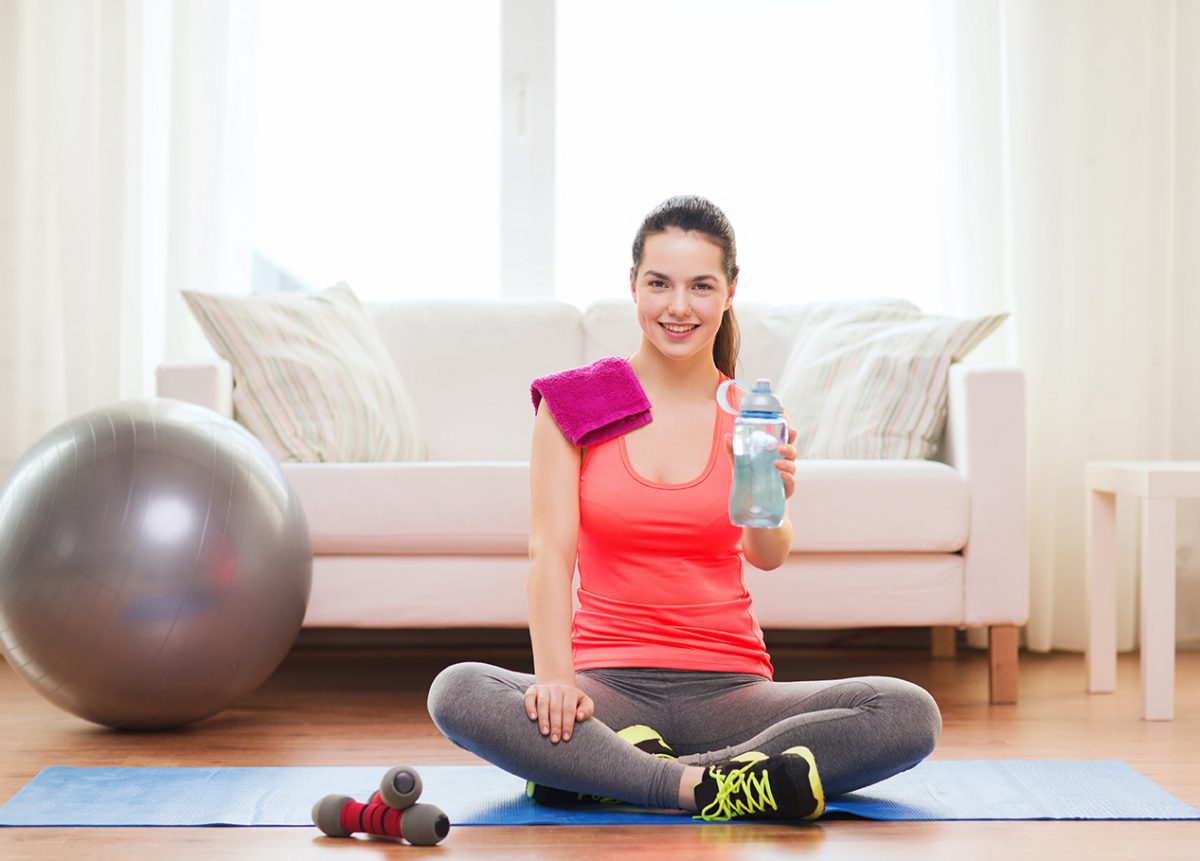
Just in time for the novel coronavirus (COVID-19) social distancing and closures of gyms and fitness centers in many areas, here’s a revisit of many important core exercises you can do at home to keep yourself strong and healthy. Download the free illustrated PDF (Chapter 21 of Diabetes & Keeping Fit For Dummies) for illustrations of the exercise listed below. (You can also find a variety of other at-home exercises on Diabetes Motion Academy Resources for free download.)
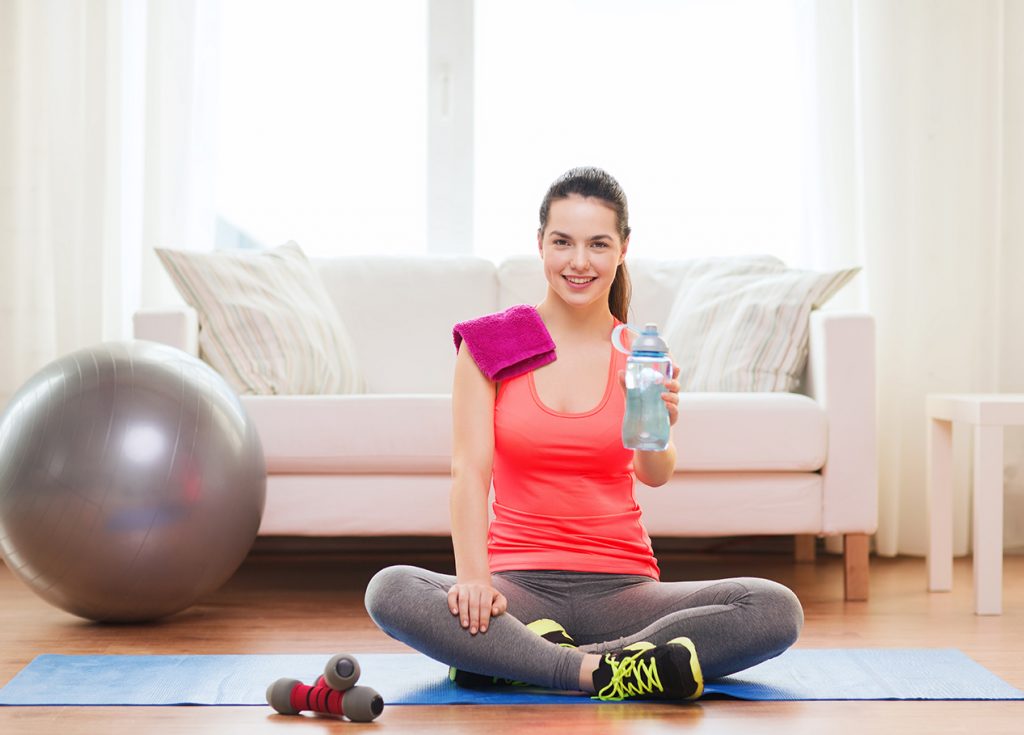 Many people are stuck at home for one reason or another think they can’t work on staying fit, but the truth is that you can get a stronger core and stay fitter without leaving home. You’d be amazed at how easy it is to get your fit on.
Many people are stuck at home for one reason or another think they can’t work on staying fit, but the truth is that you can get a stronger core and stay fitter without leaving home. You’d be amazed at how easy it is to get your fit on.
Remember: Your body core — the muscles around your trunk and pelvis — is particularly important to keep strong so that you can go about your normal daily activities and prevent falls and injuries, particularly as you age. Having a strong body core makes you better able to handle your daily life, even if that’s just doing grocery shopping or playing a round of golf.
Core exercises are an important part of a well-rounded fitness program, and they’re easy to do at home on your own. To get started on your body core workout, you don’t need to purchase anything. (Some of the advanced variations do call for equipment like a gym ball or dumbbells.)
Tip: Include all 10 of these easy core exercises in your workouts, doing at least one set of 15 repetitions of each one to start (where appropriate). Work up to doing two to three sets of each per workout, or even more repetitions if you can. For best results, do these exercises at least two or three nonconsecutive days per week; muscles need a day or two off to fully recover and get stronger. Just don’t do them right before you do another physical activity (because a fatigued core increases your risk of injury).
This exercise (Figure 21-1) is great for working your abdominals and getting your body core as strong as possible. If you’re female and have had gone through a pregnancy at some point, getting these muscles in shape doing these squeezes is a must.
This is your starting position.
Work up to doing 100 repetitions per workout session.
Nobody likes doing planks, but they get the job done when it comes to boosting the strength of your core. Both planks and modified planks (Figure 21-2) work multiple areas, including your abdominals, lower back, and shoulders.
Repeat this exercise as many times as possible during each workout.
A modification of regular planks, this side plank exercise (Figure 21-3) works some of the same and some slightly different muscles that include your abdominals, oblique abdominal muscles, sides of hips, gluteals, and shoulders. Try doing some of both types for the best results.
Switch back and forth between sides as many times as you can.
Tip: Try these plank variations to mix things up a bit:
* Raised side plank: Lifting both your top arm and your leg upward brings other muscles into play and makes your core work harder to maintain balance, but don’t let your hips sag.
* Gym ball side plank: Resting your supporting arm on a gym ball, use your core muscles to control the wobble to further strengthen your side muscles.
* Side plank with lateral raise: While holding the side plank position, slowly raise and lower a light dumbbell or other weight with your top arm to improve your coordination and strength.
* Side plank pulse: From the side plank position, add a vertical hip drive by lowering your hips until they’re just off the floor and then driving them up as far as you can with each repetition of this move.
If you work on your abdominal strength, you also need to build the strength in your lower back to keep things balanced. Bridging (Figure 21-4) is a good exercise to do that as it works your buttocks (including gluteals), low back, and hip extensors. Remember to breathe in and out throughout this exercise.
Tip: Try the bridging with straight leg raise variation: With your legs bent, lift your buttocks up off the floor. Slowly extend your left knee, keeping your stomach tight. Repeat with the other leg. Do as many repetitions as possible.
An easy exercise to do, the pelvic tilt (Figure 21-5) works your lower back and
lower part of your abdominals.
Whether you want to leap a tall building with a single bound or not, try doing this superhero pose exercise (Figure 21-6) to get a stronger core. It works many areas, including your lower back, upper back, back of shoulders, and gluteals.
Aim for at least three inches.
Tip: If this exercise is too difficult, try lifting just your legs or arms off the floor separately — or even just one limb at a time.
Push-ups are hard to do if you haven’t built up the strength in your shoulders yet, so this knee version (Figure (21-7) is an easier way to start for most people. This exercise works your chest, front of shoulders, and back of upper arms.
Tip: If knee push-ups are too hard for you, try doing wall push-ups to start instead. Stand facing a wall at an arm’s length and place your palms against it at shoulder height and with your feet about a foot apart. Do your push-ups off the wall.
This exercise (Figure 21-8) is the proper way to lift items from the floor. Before you begin, place dumbbells or household items slightly forward and between your feet on the floor. You work the same muscles used in doing squats (lower back and lower body) with this activity.
These squats (Figure 21-9) are not your normal squats. They’re more like a combination of squatting and wall sitting with a twist. You work the front and back of thighs, inner thighs (adductors), hip flexors and extensors all with this one exercise.
Warning: To avoid injuring your knees, don’t bend them more than 90 degrees.
Lunges (Figure 21-10) are a common activity to work on the front and back of thighs, hip flexors and extensors, abdominals, and lower back all with one exercise. Do them with proper form to avoid aggravating your knees, though.
Make sure your front knee is directly above your ankle, not pushed out too far, and don’t let your back knee touch the floor.
Tip: To prevent injuries, if you feel any pain in your knees or hips when you do a lunge, do the following instead:
* Take smaller steps out with your front leg.
* Slowly increase your lunge distance as your pain gets better.
* Try doing a reverse lunge (stepping backward rather than forward) to help reduce knee strain.
Reprinted from Colberg, Sheri R., Chapter 21, “Ten Easy Exercises to Build a Strong Core Without Leaving the House” in Diabetes & Keeping Fit for Dummies. Wiley, 2018.
Sheri R. Colberg, PhD, FACSM, is the author of The Athlete’s Guide to Diabetes: Expert Advice for 165 Sports and Activities (the newest edition of Diabetic Athlete’s Handbook). She is also the author of Diabetes & Keeping Fit for Dummies, co-published by Wiley and the ADA. A professor emerita of exercise science from Old Dominion University and an internationally recognized diabetes motion expert, she is the author of 12 books, 30 book chapters, and over 420 articles. She was honored with the 2016 American Diabetes Association Outstanding Educator in Diabetes Award. Contact her via her websites (SheriColberg.com, DiabetesMotion.com, or DMAcademy.com).
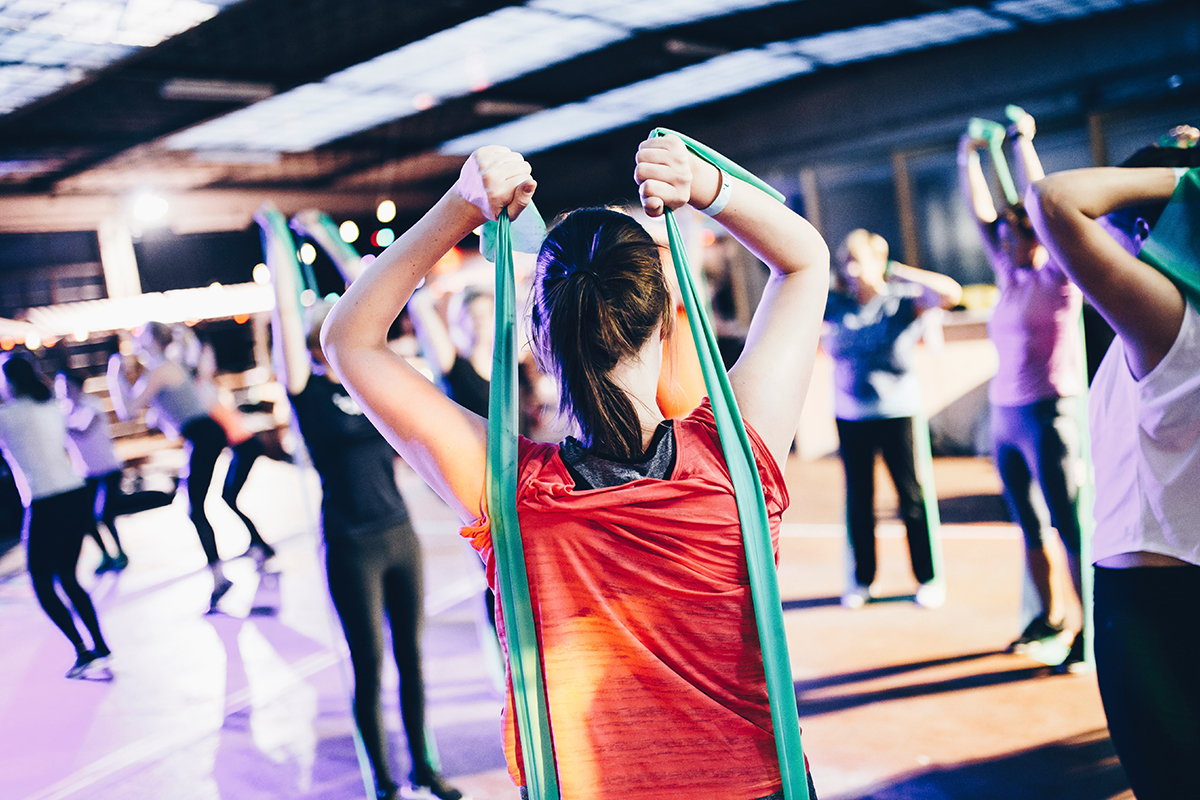
For any person, a regular stretching routine can bring some surprising benefits. While you might think that stretching right before activity is beneficial, it needs to be done on a regular basis for a minimum of 10 minutes in order to bring some major changes to muscles and tendons. Research shows that people with the least flexibility have increased chances of injury…
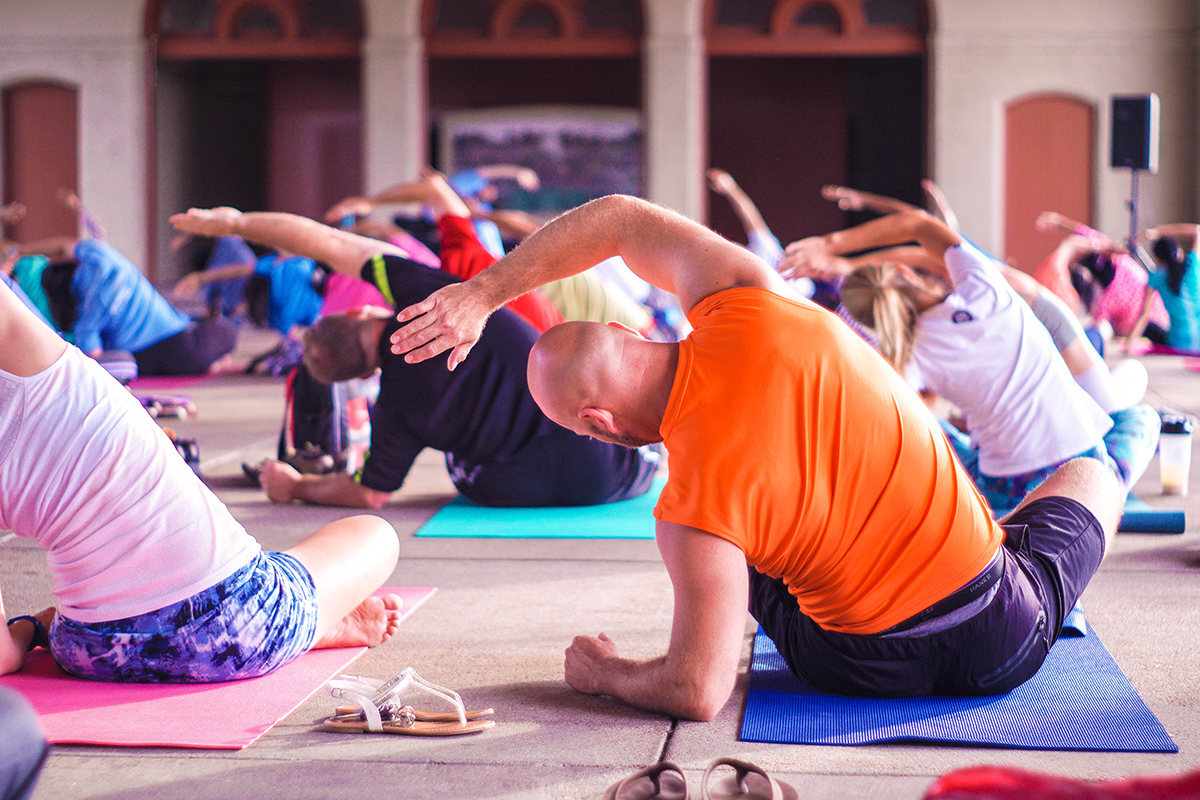
It’s no secret that our bodies feel tight and stiffer if we don’t stretch, especially as we get older. If you invest most of your exercise time into strengthening your muscles or working on your cardio routine, it’s easy to forget about stretching.

 One of the greatest concerns for the aging population is cognitive decline which leads to loss of independence as well as an extreme burden on the caretakers. Individuals worldwide are fearful of being diagnosed with any of the various cognitive issues: Dementia, Parkinson’s, Alzheimer’s, and other forms of cognitive debilities. In 2015 there was an estimated 47 million people living with dementia and this number is expected to triple by 2050. In 2014, the Alzheimer’s Association reported that they believe there is sufficient evidence to support the link between several modifiable risk factors and a reduced risk for cognitive decline and sufficient evidence to suggest that some modifiable risk factors may be associated with reduced risk of dementia. Specifically, that regular physical activity and management of cardiovascular risk factors (diabetes, obesity, smoking, and hypertension) reduce the risk of cognitive decline and may reduce the risk of dementia. The Association also believes there is sufficiently strong evidence to conclude that a healthy diet and lifelong learning/cognitive training may also reduce the risk of cognitive decline.
One of the greatest concerns for the aging population is cognitive decline which leads to loss of independence as well as an extreme burden on the caretakers. Individuals worldwide are fearful of being diagnosed with any of the various cognitive issues: Dementia, Parkinson’s, Alzheimer’s, and other forms of cognitive debilities. In 2015 there was an estimated 47 million people living with dementia and this number is expected to triple by 2050. In 2014, the Alzheimer’s Association reported that they believe there is sufficient evidence to support the link between several modifiable risk factors and a reduced risk for cognitive decline and sufficient evidence to suggest that some modifiable risk factors may be associated with reduced risk of dementia. Specifically, that regular physical activity and management of cardiovascular risk factors (diabetes, obesity, smoking, and hypertension) reduce the risk of cognitive decline and may reduce the risk of dementia. The Association also believes there is sufficiently strong evidence to conclude that a healthy diet and lifelong learning/cognitive training may also reduce the risk of cognitive decline.
Positive association between aerobic exercise or CV fitness and executive functions is highly consistent but cannot determine causality. Aerobic exercise (AE) has shown moderate to medium sized effects on executive function and memory. Resistance Training (RT) has improved executive function and memory. Combined AE and RT has the biggest (potentially synergistic) effect. It has been proposed that the physical and cognitive exercise might interact to induce larger functional benefits. Larger benefits on cognitive test performance were noted for combined physical and cognitive activity than for each activity alone. “Claims promoting brain games are frequently exaggerated and at times misleading. … To date, there is little evidence that playing brain games improves underlying broad cognitive abilities, or that it enables one to better navigate a complex realm of everyday life (Consensus statement, 2014).
Neuroplasticity is the brain’s ability to reorganize and rebuild itself by forming new neural connections. The more neural pathways you have, the more resilient your brain is. Neurogenesis is the process of creating new neurons (brain cells).
 Contrary to popular belief, neurogenesis continuously occurs in the adult brain under the right conditions such as with exercise. Substantial benefits on cognitive test performance were noted for combined physical and cognitive activity than for each activity alone. It was also noted that the physical and cognitive exercise together might interact to induce larger functional benefits. “We assume, that physical exercise increases the potential for neurogenesis and synaptogenesis while cognitive exercise guides it to induce positive plastic change” (Bamidis, 2014). To maximize cognitive improvement, combine physical exercise with cognitive challenges in a rich sensorimotor environment that includes social interaction and a heaping dose of fun.
Contrary to popular belief, neurogenesis continuously occurs in the adult brain under the right conditions such as with exercise. Substantial benefits on cognitive test performance were noted for combined physical and cognitive activity than for each activity alone. It was also noted that the physical and cognitive exercise together might interact to induce larger functional benefits. “We assume, that physical exercise increases the potential for neurogenesis and synaptogenesis while cognitive exercise guides it to induce positive plastic change” (Bamidis, 2014). To maximize cognitive improvement, combine physical exercise with cognitive challenges in a rich sensorimotor environment that includes social interaction and a heaping dose of fun.
Brain health is becoming extremely important as individuals live longer. Today there is much more information available on how to train the aging brain.
Some great resources are:
Dianne McCaughey Ph.D. is an award winning fitness specialist with more than 35 years experience in personal training, group exercise, coaching, and post-rehabilitation. She is a master trainer for multiple companies and practices and teaches optimal wellness emphasizing the mind, body and spirit. She works with special populations and focuses on posture, gait, balance and corrective exercise programs for better function and health.
Cody Sipe, PhD, has an extensive background in the fitness industry with 20 years of experience as a personal trainer, fitness instructor, program director, exercise physiologist and club owner. He is currently an Associate Professor and Director of Clinical Research in the physical therapy program at Harding University. He is the co-founder and vice president of the Functional Aging Institute (FAI).